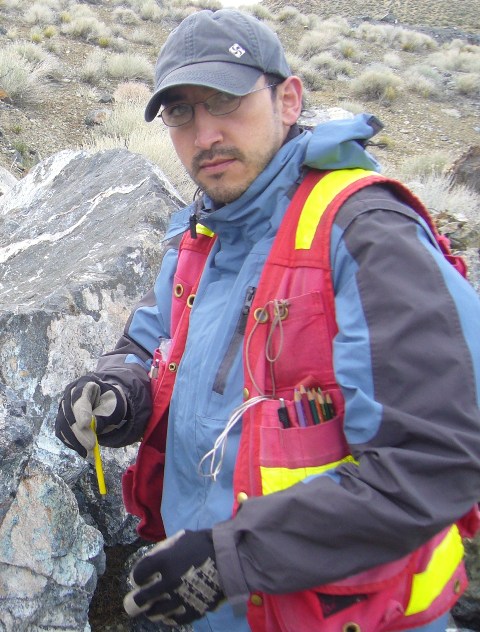-
Biography:
- I am from Ecuador. I completed my undergrad degree in 2004 in the “Escuela Politécnica Nacional” in Quito. My thesis was a regional sequence stratigraphic study of the cretaceous in the Oriente Basin of Ecuador, which was supported by Petrobras Energy and the Ministry of Oil and Mining of Ecuador. It was my first opportunity working in an exploration research project.
After my graduation, I was a consultant geologist, working in diverse kind of projects in the mining, oil, environmental and geotechnical sectors in Ecuador and Peru.
Since 2006, I worked for a junior exploration mining company named Cornerstone Ecuador as an exploration geologist, having the chance to work in different mining projects from grass roots to advance exploration. This was a great experience to me, since I had the opportunity to learn the different stages and methods use in exploration considering different targets and commodities, like low and high sulphidation, diatreme and porphyry prospects, all of them in Ecuador. During this time, I also improve my skills using software, being a confident GIS user.
In July 2009, I jointed the Mineral Deposit Research Unit of The University of British Columbia for working in my ongoing M.Sc. thesis (“Volcanology, physical properties and geochemistry in the Quesnel terrane, relationship with porphyry Cu-Au mineralization, B.C., Canada”) under the supervision of Dr. Craig Hart and Dr. Thomas Bissig, This project is supported by Geoscience BC.
